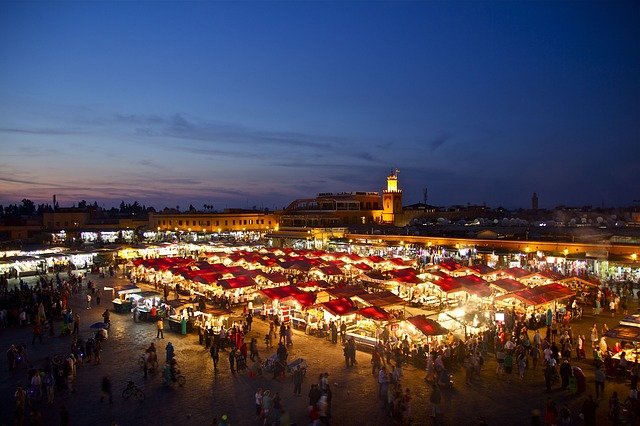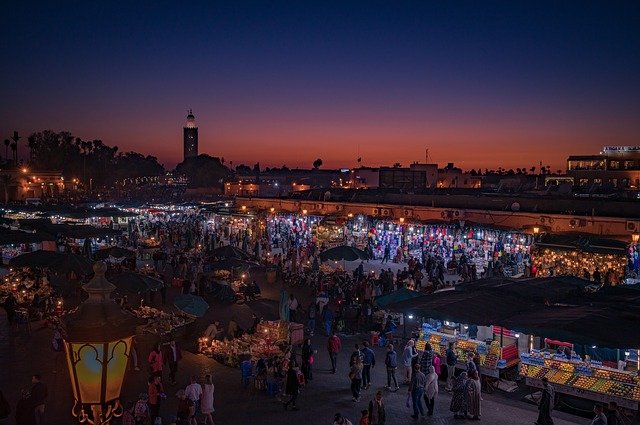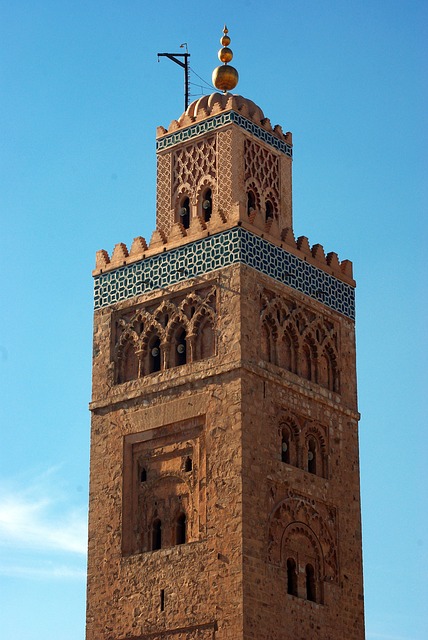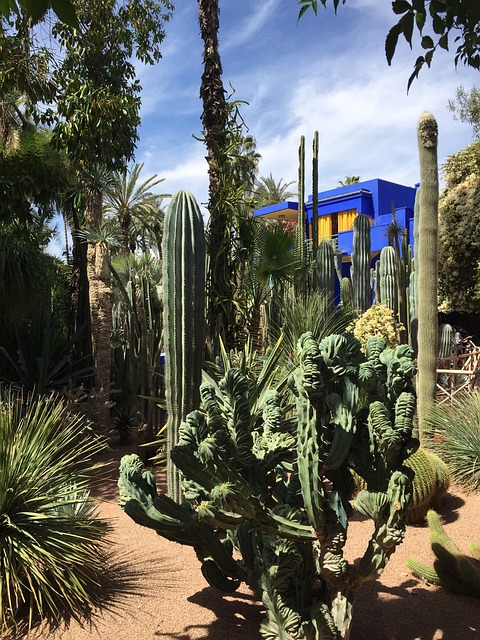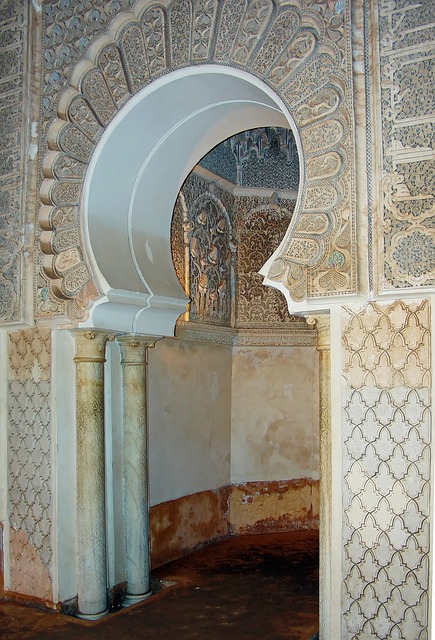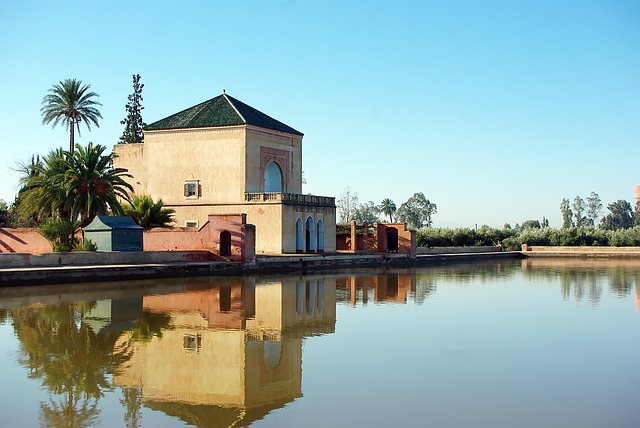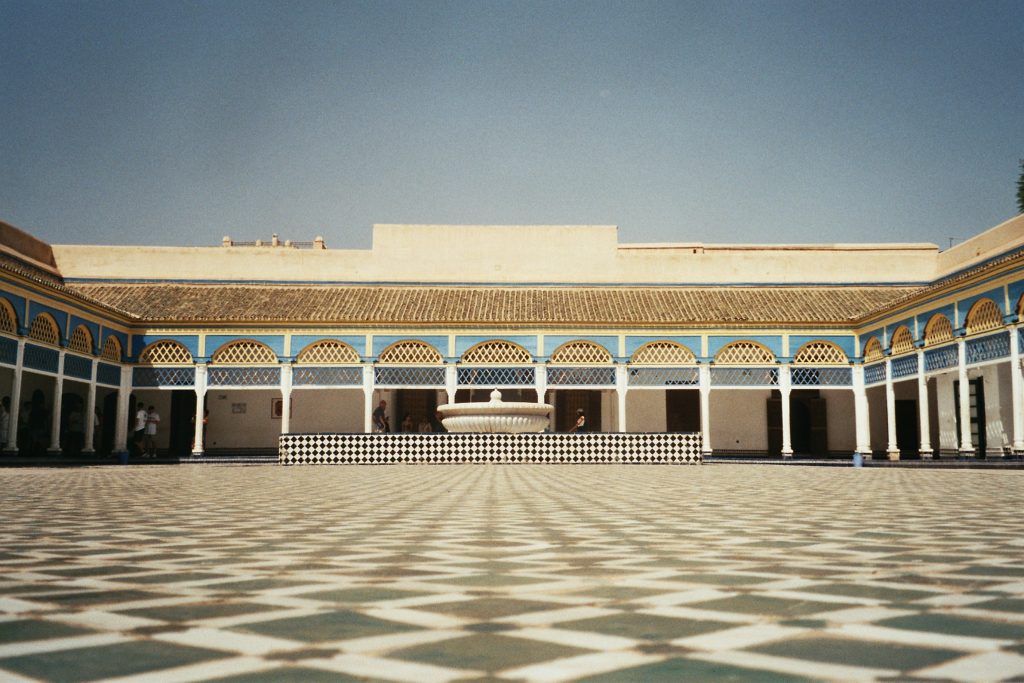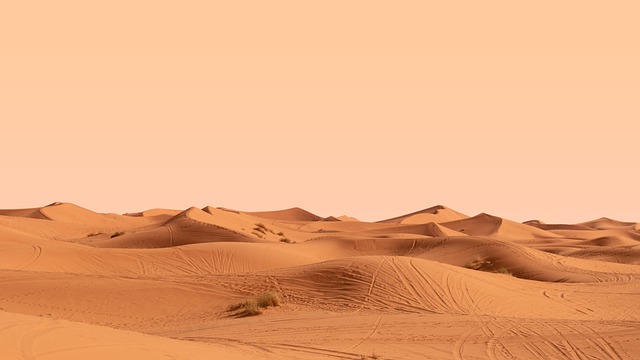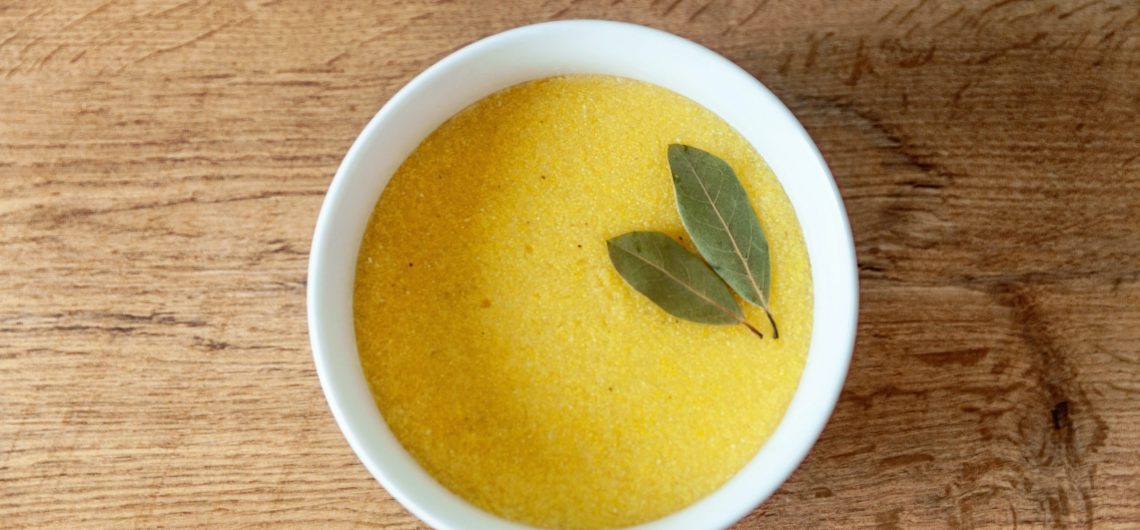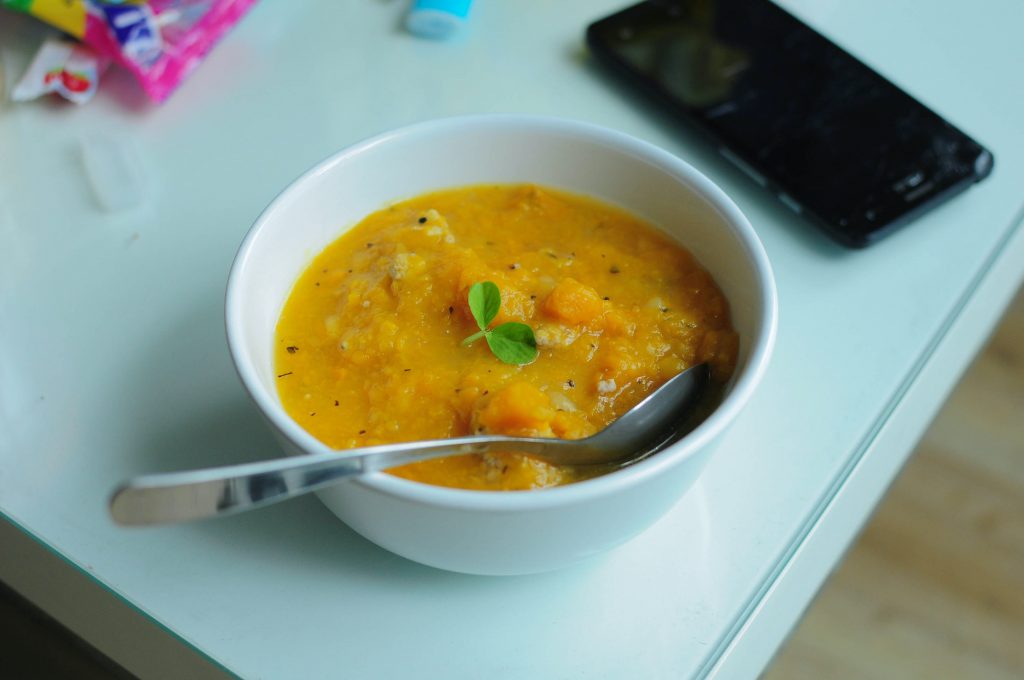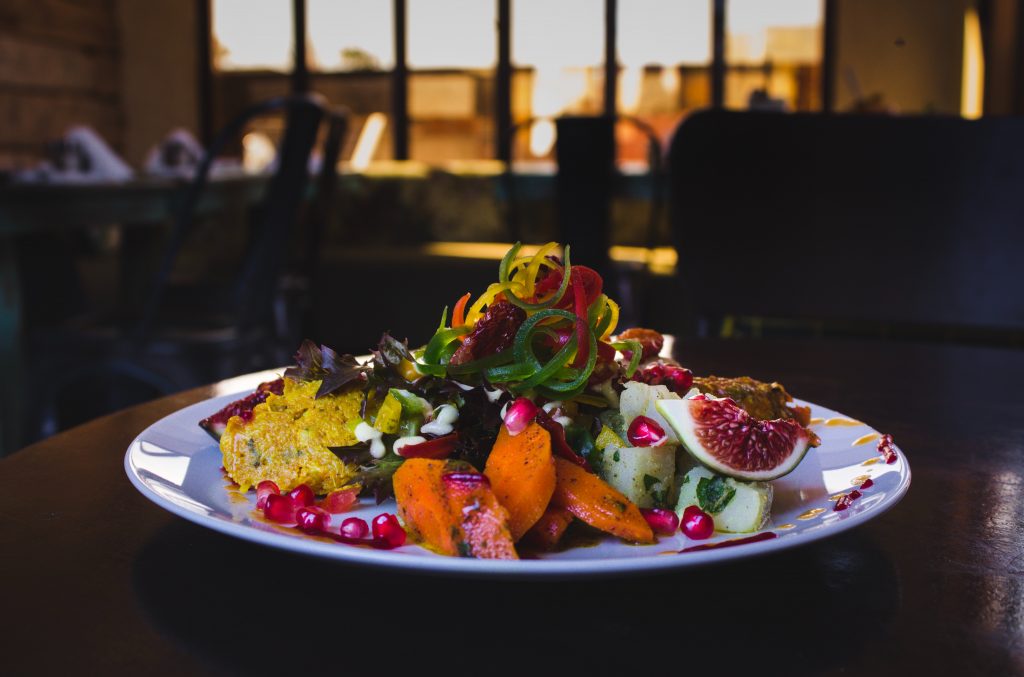Marrakech is one of the most famous cities in the country of Morocco. so what are the top things to see and discover in the red city of Marrakech?
Jemaâ el-Fna Square
It is one of the things to see in Marrakech. When you arrive there, the first thing to do is to go to “The Square” as you will hear Moroccans say. Jemaâ el-Fna is truly the heart of Marrakech, the crossroads of the city where everything is concentrated. No matter where you are, you will regularly come across a Marrakchi to ask you “are you looking for the Square my friend? It’s over there”.
Right after I put my bag in my hotel, I immediately went to the Jemaâ el-Fna square to get in the mood. In the morning, it is quite deserted, then, as the day goes by, the stores and fruit juice stands open one after the other… At 1 pm, the traffic becomes forbidden to leave the place to the shows. Other exhibitors start to make Marrakech live with the sound of instruments and the colors of the Berber costumes.
The terraces of the cafes and restaurants fill up. Historically, the “Place of the Dead” was the place of court decisions (12th century). Then, making the link between the cities of the West and the lands of the Atlas and the desert. It quickly became the place of trade and entertainment in the city. Since 2008, it is even registered with the Intangible Cultural Heritage by Unesco. More info and pictures are in my article on Jemaâ el-Fna square.
Jemaâ el-Fna at night
But it is at night that Jemaâ el-Fna takes all its intensity. The square is swarming like an anthill! From foreign tourists on a trip to Marrakech to Moroccan families visiting for the weekend to simple locals strolling around, everyone meets here at night. The atmosphere is completely hallucinating! And I weigh my words. We are taken in a lot of stands where everything is agitated. We talk about shows of any kind (falcon trainers, snake charmers, traditional dancers, henna tattooers, fortune tellers, water carriers, fairground games…). And all this in the din of multiple bands playing their ecstatic music next to each other. You are literally washed out when you come out of there. If you are agoraphobic, run away!
The Koutoubia and its gardens
Located right next to the Jemaâ el-Fna square, the Koutoubia Mosque is emblematic with its large minaret over 70 meters high (77 m with the spire). Built-in the 12th century, it inspired the architecture of the Giralda in Seville. Access to the interior is forbidden to non-Muslims. It is therefore necessary to be satisfied with the external architecture. If the whole is rather sober, the minaret, surmounted by a lantern, has been finely sculpted with interlaced arches (sebka), merlons, and bands of blue faience. Its golden stones receive the sun as the day goes by.
Also, note that each of the four sides is decorated with a different motif. The copper balls of the arrow are said to symbolize the three mosques of Islam. Kaaba (Mecca), Medina, and Al Quds. Legend has it that they were originally made with melted gold from the jewelry of the Caliph’s wife. Because she had eaten during the day in Ramadan.
Adjacent to the Koutoubia, one can discover the ruins of the old mosque in the north, which were uncovered during archaeological excavations. This one was destroyed and rebuilt identically (current Koutoubia). And that is because the Mihrab (prayer niche) was not perfectly oriented in the direction of Mecca. If, like me, you feel at some point the need to take a breather from the hustle and bustle of the Medina, go and sit in the gardens of the Lalla Hasna Park. Here, the nerves are relaxed by the sound of flowing water. The smell of orange blossoms perfumes the park.
The souks of Marrakech
This is the other place to fully immerse yourself in the life of Marrakech. And it is true that in the souks, it is a brothel! (well without the girls of joy obviously, you understood me!). The fantasy of the Arabian souk is the colors, the spices perfumes… Well… almost but not quite! For my part, I had a hard time with the bikes and especially the mopeds that pass by. Honk if you don’t walk on the right and smoke you with their exhaust. Then, we are constantly accosted with more or less insistence. As a result, you end up being more and more psychologically allergic.
The word souk means “market”, and each has its own specificity in Marrakech with dedicated shopping streets. There is the souk of ironmongers, tanners, leatherworkers, fruit and vegetables, butchers, sellers of babouches and djellabas… The streets are mostly covered with metal sheets to protect passers-by from the rain and the sun (it is far from the Galleria Vittorio Emanuele II). One has the impression to wander in a labyrinthine underground gallery. Even after 3 days of visiting Marrakech, getting lost more or less voluntarily, passing and passing again in the same places. I almost never managed to know precisely where I was and to find the way I wanted. It was as if I was teleporting in spite of myself, or as if the city was being redesigned as I went along, like a Cube. And yet I think I have a pretty good sense of direction.
What to visit in Marrakech?
The Medersa Ben Youssef
When you visit Marrakech, discovering the Medersa is one of the must-see things Marrakech. Well, it seems so because when I went to Morocco, it was closed for restoration (until the end of 2019 / beginning of 2020). I confess that I was quite disgusted when I learned that on the spot. Because, from the pictures, it really looks splendid! This Koranic school was founded at the beginning of the XIVth century. Then enlarged and redecorated by the Saadians in the XIVth century. It became then the biggest school in North Africa with its 900 students who came to study law and theology (competed by the one of Fez, it closed in 1962 then became a museum).
Even if you are not Muslim, you can (normally) visit the Medersa, a remarkable symbol of Arab-Andalusian aesthetics. After passing through the bronze door, adorned with beautiful wooden sculptures and mosaics, you arrive in a splendid courtyard of Carrara marble, surrounded by walls finely decorated with reliefs and colors. On the first floor, you can see the 132 student cells arranged around a large patio. A prayer room with three marble columns and a magnificent cedar dome.
The Majorelle Garden
The Jardin Majorelle is announced as the other things to see in Marrakech. I must admit that I had some serious preconceived ideas about it… Looking at the pictures on the internet, I thought that it looked very western and that it wasn’t what I came to see in a Maghreb city.
Then, after thinking about it, I had come here to do things and so I said to myself “well, ok, we’ll see after all! “To visit the Jardin Majorelle, you have to leave the Medina and go to the North, in the New City of Marrakech (very badly indicated, 1/2h on foot from the Jemaâ el-Fna square). Once there, it was a nice queue that… was waiting for me. Plan cap and bottle of water because we are in full sun until 2 pm! You surely have to see this garden as it is considered one of the top things to see in Marrakech.
What to see in Majorelle garden:
After more than an hour in line and 70 dirhams paid for the entrance (only, not the Berber Museum), I enter this oasis in the city that the orientalist painter Jacques Majorelle created in the 1920s: a garden of 8000 m2 where he planted hundreds of different species of exotic plants. It was Yves Saint-Laurent and Pierre Bergé who made the place famous by buying it back in 1980, after years of abandonment.
Once inside, I immediately appreciated it (and not only for the shady coolness of the bamboos after the hot weather). In spite of the crowd, a perfume of serenity emanates from the site. Along the alleys, we walk among cactus, palm trees, banana trees, coconut trees, bougainvilleas, agaves, and cactus… A discreet monument, modest (although phallic?) pays tribute to the late owners. Among the places to stop, there is the small water lily pond with frogs and carp (you will have to be patient to get there in front of the hordes of self-centered people who squat to take pictures of themselves).
The iconic Art Deco house with Majorelle blue does not fail to make the place aesthetically pleasing. It is the gathering place of the garden. Its deep and intense blue color “contrasts harmoniously” with the yellow parts and finally fits very well in its vegetal environment. If you have not bought a ticket for the Berber Museum, only two interior spaces are accessible (the souvenir store and the fashion store).
The Museum of Marrakech
My second day in Marrakech was the day of the big spring rains and therefore, I went to see one of the admired things to see in Marrakech, this museum… of the museums. As the Medersa was closed, I “fell back” on the Marrakech Museum that I had spotted the day before while walking in the souks. Built around 1900 by Medhi Mnebhi, then Minister of Defense, the palace was then the residence of the pasha el-Glaoui before Omar Benjelloun, a great collector and patron of the arts, created a museum there (admission 50 dirhams).
One is greeted by a quotation from Voltaire and a statement by the widow Benjelloun on art and tolerance. This immediately sets the tone. The first rooms tell the story of the place and the founder through archival documents (photographs, newspapers, objects …). After the douiria, we arrive at the splendid patio, marked by its masterly suspended wrought copper lamp. That imposes!
The decoration of the Museum of Marrakech
Beyond the fact that I really liked this museum, the visit, in my opinion, is already worth it just for this room! The zelliges decorate the floor, the walls, and the columns while the fine woodcarving of the arches impresses and seduces. The two doors on either side of the inner courtyard are sumptuous with their painted wooden panels! On the sides, small rooms serve as galleries with display cases showing various collectibles. Don’t forget to look up to admire the decorated ceilings.
Strolling through the corridors at the back of the palace, you will discover the three rooms in the former hammam that now house temporary exhibitions. On your way back to the exit, if you haven’t already done so at the beginning, take a little tour of the old kitchen. The douiria is “a space within a space” with its small rooms around another courtyard, soberly decorated with green ceramics on white walls. It is now a gallery exhibiting works by contemporary Moroccan artists.
The el-Badi Palace
I went to visit the el-Badi Palace… no mistake! I had planned to go there but I was in the wrong place. In fact, I was wandering around the neighborhood looking for the Bahia Palace without really looking at the tourist map of Marrakech and I stumbled upon it a bit by chance. Badi… Bahia… in its cradle: there is only one step to confusion! Especially since in fact, the name of this monument is written here “Badia Palace” on the signs. The two almost homonymous palaces are located a few hundred meters from each other. You can see that it’s almost not all my fault!
Once inside, the tour of this ruined palace begins with the old prisons and tells its history. Then, you get to the huge courtyard (135 meters long and 110 wide) with its big basins and its gardens that breathe the orange blossom (the plan would have inspired the one of the Alhambra of Granada). One can imagine the splendor it must have been when it was built in the 16th century, but here it is almost desolate. The story goes that its owner, Sultan Ahmed el-Mansour, had covered the floor with gold, crystals etc… and that the palace was looted just… 75 years later. Furthermore, this thing to see in Marrakech is best for those who love gardens and nature.
Around 1696, the Alaouite Sultan Moulay Ismaïl ordered its demolition (the materials would have been reused in Meknes for the construction of his royal city). From now on, the current residents are… storks! You can see a lot of them nesting on the towers and the adobe walls.
A walk around the Badi palace
The rest of the visit to the Badi Palace consists essentially of walking through the remains, a stroll between the walls still standing with, sometimes, some remains of zelliges in a more or less dilapidated state. If like me, you have paid the extra 10 dirhams, you will have access to a small room where the “masterpiece” of the palace is exposed, the old minbar of the Koutoubia Mosque dating from the 12th century. A feat of marquetry and ornamentation, it is a symbol of Andalusian-Arabic art.
To be honest, the Badi Palace does not have intrinsically much exceptional in itself and its visit seems quite hollow… Nevertheless, one of its interests is, all the same, its terrace. It gives a plunging view of the inner courtyard and especially a panorama on the roofs of Marrakech with the Atlas Mountains in the distance. After that, you have to admit that the entrance fee is really not expensive (≃ 1€). I tell myself that he could double the price to finance the restoration of the place… For info, the Palais Badi is the place where the Marrakech Laughter Festival, created by Jamel Debbouze, takes place every year.
the beautifully decorated room
At the closing time (5 pm), I still hadn’t found the beautifully decorated room I saw in my guidebook. I clearly felt like I had missed THE thing to see in this palace. On my way out, I asked the guard at the entrance who gave me the cold shoulder with all the condescension and disdain one can have towards a western tourist like me: “Excuse me. Do you speak French? “, “No. It’s over, out! “. I let you imagine how it boiled in me at that moment and the effervescence of the sadistic solutions imagined to teach him courtesy! Anyway, let’s move on. It’s just a little later than I realize that the room in question is actually in the Palace… Bahia.
The Bahia Palace
The next day, I (re)set out to visit the Bahia Palace (“Palace of the Beautiful”) which I had missed the day before. This vast residence (8 hectares) was built on the orders of the Grand Vizier Ahmed Ben Moussa between 1860 and 1874 to accommodate his 4 wives and 24 concubines. It was intended to accommodate the world and, the least we can say, it is still the case! All the travelers who come to Marrakech for tourism come here. If you have a lot of time in Marrakech, The Bahia palace is surely a must-see attraction.
The halls and gardens are black with people, with this insatiable tendency to take pictures all the time. You have to be extremely patient if you want to get a window of opportunity where you won’t have your picture spoiled for the traveling narcissists (yes, I have a real annoyance with selfies!). However, that doesn’t take away from the beauty of the place which is absolutely remarkable! The rooms follow one another with the same splendor. The marquetry of the doors, the ceilings, and the lintels are sublime with their multiple geometrical patterns. One crosses several interior courts and gardens with fountains, plants (orange trees, banana trees), and small confidential rooms around. In fact, the palace is a collection of houses and annexes, built next to each other, without any pre-established order.
The decorative styles
The large main courtyard is magnificent. After the small rooms, it’s a breath of fresh air here on the vast tiled floor. After the crowds in the halls (and the return of the sun too!), I really took the time to breathe here and observe the different decorative styles. The ceilings in the side aisles are all colorful, as are the stained glass windows in the back room. The door is also sumptuous and finely carved. I could also rate this site as the best thing to see here in Marrakech for its creative architecture
Just after, we arrive in the “Grand Riad” where the vegetation abounds. The two cedar porticoes are once again of remarkable beauty and finesse. While strolling in the alleys, a soft exotic freshness caresses the shoulders. The rooms that follow are… yes, again! What amazed me also in the Bahia Palace of Marrakech, is that every time you think you’ve arrived at the last part, well no, there is still something after. It feels like it never ends and at the same time, I was never bored. I was amazed every time by the beauty of the rooms and their decorative details.
In the last room (yes, it happens anyway at some point), while I was waiting for a gap in the tourist flow, a guard observes me with sympathy. He greets me (it changes me from the other one of the day before at the Badi Palace) then we start chatting. He explains to me the Arab aesthetics with the ceiling, its symmetry with the ground, the Islamic star with eight branches, and the three recurrent motives (calligraphic, geometrical, and stars) of the history of the Bahia Palace. Very interesting! Nevertheless, the speech had something of the monologue recited with automatism… A doubt was born… And bim, it did not fail, he concluded by asking me for a coin in exchange! “Welcome to Marrakech, my friend!”
The best attraction thing to see in Marrakech!
Visiting the Bahia Palace was a real pleasure! If you had to visit only one tourist place in Marrakech, I would sincerely recommend this one! The entrance fee of 10 dirhams is completely ridiculous compared to all the splendors you can see inside. I spent 2h30 there but took my time a lot (1 hour can be “enough”).
I also wanted to visit another palace that is apparently almost as magnificent, the Dar Si Said Palace. Built by Ahmed Ben Moussa’s brother, it looks a lot like the Bahia Palace which is located a few hundred meters away. It houses the Museum of Moroccan Arts highlighting the crafts.
The Saadian Tombs
Finding the entrance to the Saadian Tombs of Marrakech is a little challenge in itself. You have to walk past the entrance of the Moulay El Yazid Mosque and along the wall to the small souvenir store that sells postcards. The entrance is located in the corner on the left, in what looks like a dead end. It is immediately clear why they were only rediscovered in 1917 by French archaeologists (Sultan Moulay Ismaïl had them walled up to lock up the spirits of his predecessors). At the ticket office, the guy has already started to complain because I don’t have the change for the 10 dirhams entrance fee (finally, he will have the change…). You should definitely visit these tombs, they are one of the top things to see in Marrakech.
After skirting the walls in a narrow passage, we arrive at an architectural in-between with about sixty tombs. It is surrounded by colored ceramics with various patterns and shapes. Some are simply placed on the ground (protected behind barriers, visitors stay on the walkways). The small ones are chilling…
Some of them, more prestigious, are housed in open mausoleums. Two rooms are particularly richly and finely decorated. Access to one of them, the Hall of the Twelve Columns, requires to queue (20 minutes in my case) because the access is done by a small cramped passage. You can’t stay there for very long or you will be yelled at by the guard and the others who are waiting for their turn. Nevertheless, observe anyway the ornamental richness with the carved reliefs on the walls, the arches, and the ceilings in cedar. Sumptuous! The Saadians were a rich dynasty established in Marrakech in the 16th century and had a sense of splendor.
The Museum of Photography is one of the must-see things in Marrakech
I didn’t visit it either (no time to do everything in 3 days: visit Marrakech, the souks, all the museums…) but it seems that it is really worth the detour. Created in 2009 on a private initiative, the Museum of Photography of Marrakech tells the story of Morocco through pictures exposed on its three floors: historical images of the beginnings of travel photography (second half of the nineteenth century), portraits, landscapes, scenes of the life of the time … The collection includes nearly 10,000 documents from 1870 to 1960. No doubt that its visit will be on the agenda of my next trip to Morocco.
In all honesty, going through Marrakech was a trying experience for me. Clearly, I rather hated the (tourist) life in the city with its agitation, its noise, its permanent solicitations… It is exhausting! Going to the desert for 7 days afterward did me a lot of good. Nevertheless, I appreciated much more the visits to be made in Marrakech. They were for me refuges in the city, parentheses where time seemed (finally!) to slow down and where I could serenely enjoy the beauties of the Arab aesthetic. Moreover, the prices are very affordable! Now it’s up to you to choose according to your time and your desires! For advice and good addresses, please refer to my practical guide. We hope you like this guide of the top things to see in Marrakech.
